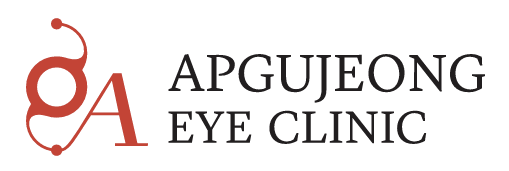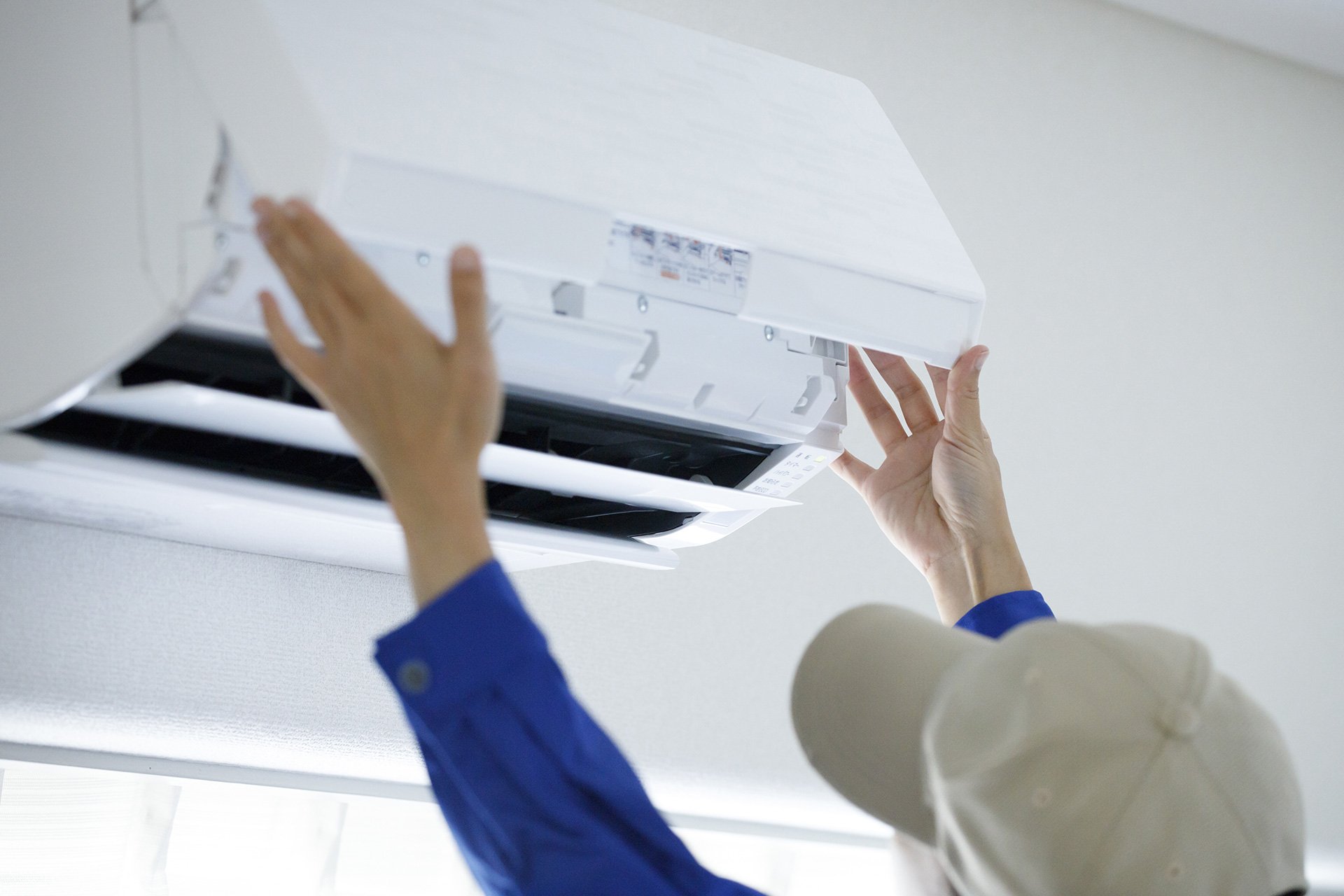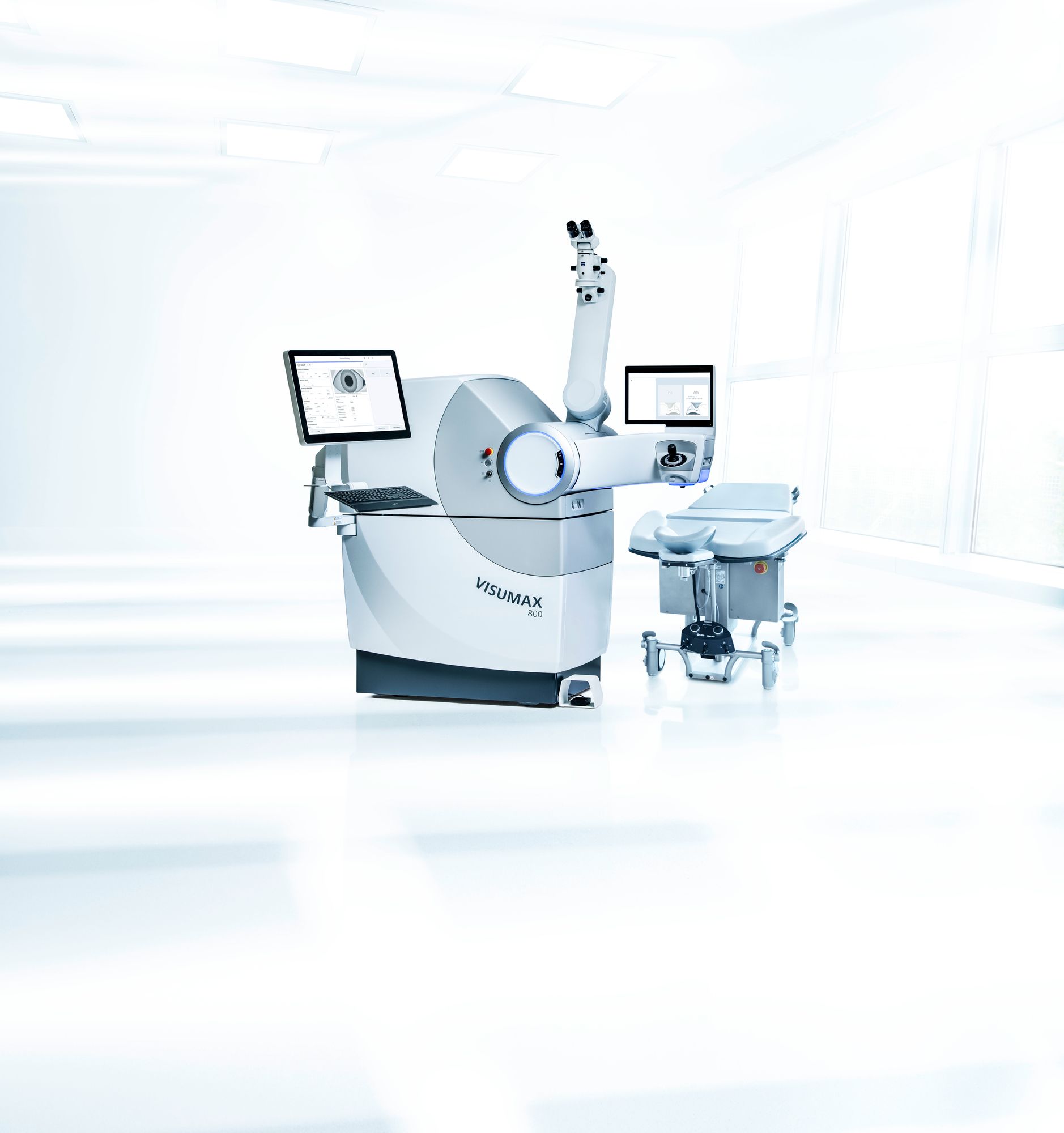Is LASIK Safe in Korea? What Korean Ophthalmologists Say
Is LASIK Safe in Korea? What Korean Ophthalmologists Say
As more international patients travel to Korea for vision correction, one of the most common questions is: “Is LASIK safe there?” The short answer from Korean ophthalmologists is: yes — when done properly by qualified surgeons using modern diagnostics and lasers. But as with any surgery, the outcome depends heavily on patient selection, surgical technique, and follow-through care.
Here’s how Korean eye specialists typically frame LASIK safety, what issues they watch out for, and how you can ensure yours is done under optimal conditions.
How Korean Ophthalmologists View LASIK Safety
1. High Emphasis on Preoperative Screening
In Korea, many surgeons stress that safety begins before the laser. They require detailed mapping of the cornea (topography and tomography), precise measurement of corneal thickness, pupil size assessments, and dry eye evaluations. If any red flags arise, they may decline LASIK and suggest alternatives like SMILE, LASEK, or ICL.
2. Strict Safety Margins
Korean surgeons often maintain conservative safety thresholds — for example, ensuring a minimum residual stromal bed thickness after the flap is created. This helps preserve corneal integrity and reduce the risk of postoperative complications like ectasia.
3. Advanced Laser & Diagnostic Technology
Major Korean clinics adopt state-of-the-art femtosecond and excimer lasers, wavefront-guided ablation, and intraoperative eye tracking systems. These tools lower risk by improving precision and reducing human error.
4. Experience & High Volume
Many Korean centers perform a very high volume of refractive surgeries. Surgeons often gain broad experience through thousands of cases, which helps them manage unusual anatomy or borderline cases more safely.
5. Transparent Risk Disclosure
Ophthalmologists in Korea generally emphasize discussing possible side effects (even if rare)—such as dry eyes, glare/halos, flap complications, or under/overcorrection. They encourage patients to understand that LASIK is elective and not risk-free.
Common Risks & How Korean Clinics Mitigate Them
Even with high standards, no surgery is without risk. Below are typical complications and how Korean clinics handle them.
- Dry eyes / discomfort — one of the most frequent side effects. Clinics often pre-treat any mild dryness, provide intensive postoperative lubrication, and monitor nerve recovery.
- Glare, halos, night vision issues — surgeons may use wavefront or topography-guided systems to reduce higher-order aberrations.
- Flap issues (displacement, epithelial ingrowth) — less common with femtosecond flaps and careful technique; patients are advised not to rub eyes early on.
- Undercorrection / overcorrection — enhancement or touch-up policies are commonly built into clinic plans.
- Corneal ectasia (weakening) — rare but serious. Clinics prevent this by enforcing safe residual thickness margins and screening out high-risk corneas.
What Patients Should Ask During Consultation (According to Korean Surgeons)
To vet a clinic and surgeon’s safety mindset, ophthalmologists often advise patients to ask:
- How many LASIK / refractive procedures has the surgeon done?
- What kind of lasers and diagnostic tools do you use?
- What is your safety threshold for residual corneal thickness?
- What is your enhancement / retreatment policy?
- How do you evaluate and treat pre-existing dry eye?
- What are the possible complications, and how are they managed?
- How many follow-up visits are included, and how do you support someone from overseas?
Myths & Misconceptions Addressed by Korean Experts
- "LASIK always causes dry eye permanently."
Korean ophthalmologists clarify that mild dryness is common early on, but severe chronic dry eye is rare when screening is done well. - "All clinics are equally safe."
Not true. The safety gap is often in how strict the screening is, how modern the equipment is, and how the surgeon manages borderline cases. - "If something goes wrong, the clinic is liable no matter what."
Liability is complex. Proper informed consent, documented examinations, and postoperative compliance matter a lot.
Case Data & Trends (Without Deep Dive Figures)
- In published Korean refractive surgery studies, many surgeons follow a minimum residual stromal bed of 300–350 μm, which is considered a safety standard in that region.
- Refractive surgery trends in Korea show growing use of SMILE over LASIK for certain candidates — in part because it can carry slightly lower risk of flap-related complications.
Bottom Line
- Yes, LASIK in Korea can be very safe, when performed by qualified ophthalmologists in reputable clinics with modern diagnostics and care protocols.
- The key ingredients are careful candidate screening, conservative safety margins, advanced technology, and transparent patient communication.
- As a patient (especially an international one), your responsibility includes asking the right questions, confirming that your candidate status is clear, and following all aftercare instructions.



